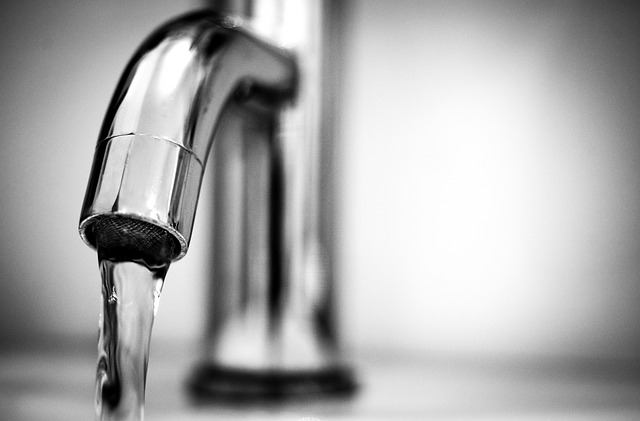Leaks in buildings
The term ‘leak’ refers to the accidentally loss or admission of something through a hole, crack, or some other permeability. It most commonly relates to liquids or gases, but might also refer to some solids that can behave in a fluid manner, such as sand.
In the construction industry, leaks might refer to:
- Penetrating damp, allowing moisture through roofs, walls, floors, windows and so on. This can cause decay to the building fabric, mould growth, mildew and so on. For more information see: Penetrating damp in buildings.
- Leaking pipework, such as water pipes, refrigeration pipes, gas or oil pipes, drainage pipework and so on. For more information see: Pipework defects, ventilation and airflow rates.
- Leaking ducts such as ventilation ducts.
- Leaking fixtures, fittings and equipment, such as taps, sinks, showers, washing machines and so on.
- Air infiltration through doors, windows and the fabric of the building, resulting in uncomfortable draughts and inefficiencies in heating, cooling and ventilation systems. The building regulations now require air permeability testing to prove that infiltration into new buildings is low. For more information see: Draughts in buildings and Air tightness in buildings.
- Failure of flood defences or drainage.
Leaks can result from:
- Poor workmanship, including poor repairs.
- Defective products or components, or failure of products or components (in particular problems with joints).
- Incorrect specification or design.
- Movement, such as settlement, thermal expansion and so on.
- Environmental influences such as wind, flood (and drainage problems), freezing and so on.
Because of the tendency for leaking materials to move, leaks can be difficult to detect, and their causes can be difficult to trace and rectify.
Leaks that go unrepaired can result in significant losses. A tap leaking just once every 6 seconds can discharge almost 100 litres in a month. In a review of water company performance published in 2019, it was reported that 3.17 billion litres of water leaks from the water distribution network every day in England and Wales (Ref https://wwtonline.co.uk/news/ccwater-criticises-three-companies-over-leakage).
Leaking water or mains gas can be very damaging and sometimes dangerous, whilst leaks of some refrigerants, oil and so on can be damaging to the environment.
When repairing leaks, it is important to identify the actual source of the leak, and to repair the problem that has caused it before repairing any of the subsequent damage that may have resulted from the leak.
NB Leakage can also refer to '...the leakage of benefits intended for a recipient group or area into another group or area.' Ref The Green Book, Central Government Guidance On Appraisal And Evaluation, Published by HM Treasury in 2018.
Note The 2020 Green Book suggests ‘Leakage is the extent to which effects “leak out” of a target area into others e.g. workers commuting into other areas to take up new employment opportunities.’
[edit] Related articles on Designing Buildings
- Air tightness in buildings.
- Approved document L.
- BREEAM Water leak detection.
- Damp in buildings.
- Draughts in buildings.
- Fit testing.
- How to waterproof a rooflight.
- Let us evolve our buildings from being passive structures to interactive and reactive systems.
- Penetrating damp in buildings.
- Pipework defects, ventilation and airflow rates.
- Refrigerants.
- Roofing repairs.
Featured articles and news
Homes England creates largest housing-led site in the North
Successful, 34 hectare land acquisition with the residential allocation now completed.
Scottish apprenticeship training proposals
General support although better accountability and transparency is sought.
The history of building regulations
A story of belated action in response to crisis.
Moisture, fire safety and emerging trends in living walls
How wet is your wall?
Current policy explained and newly published consultation by the UK and Welsh Governments.
British architecture 1919–39. Book review.
Conservation of listed prefabs in Moseley.
Energy industry calls for urgent reform.
Heritage staff wellbeing at work survey.
A five minute introduction.
50th Golden anniversary ECA Edmundson apprentice award
Showcasing the very best electrotechnical and engineering services for half a century.
Welsh government consults on HRBs and reg changes
Seeking feedback on a new regulatory regime and a broad range of issues.
CIOB Client Guide (2nd edition) March 2025
Free download covering statutory dutyholder roles under the Building Safety Act and much more.
Minister quizzed, as responsibility transfers to MHCLG and BSR publishes new building control guidance.
UK environmental regulations reform 2025
Amid wider new approaches to ensure regulators and regulation support growth.
BSRIA Statutory Compliance Inspection Checklist
BG80/2025 now significantly updated to include requirements related to important changes in legislation.























